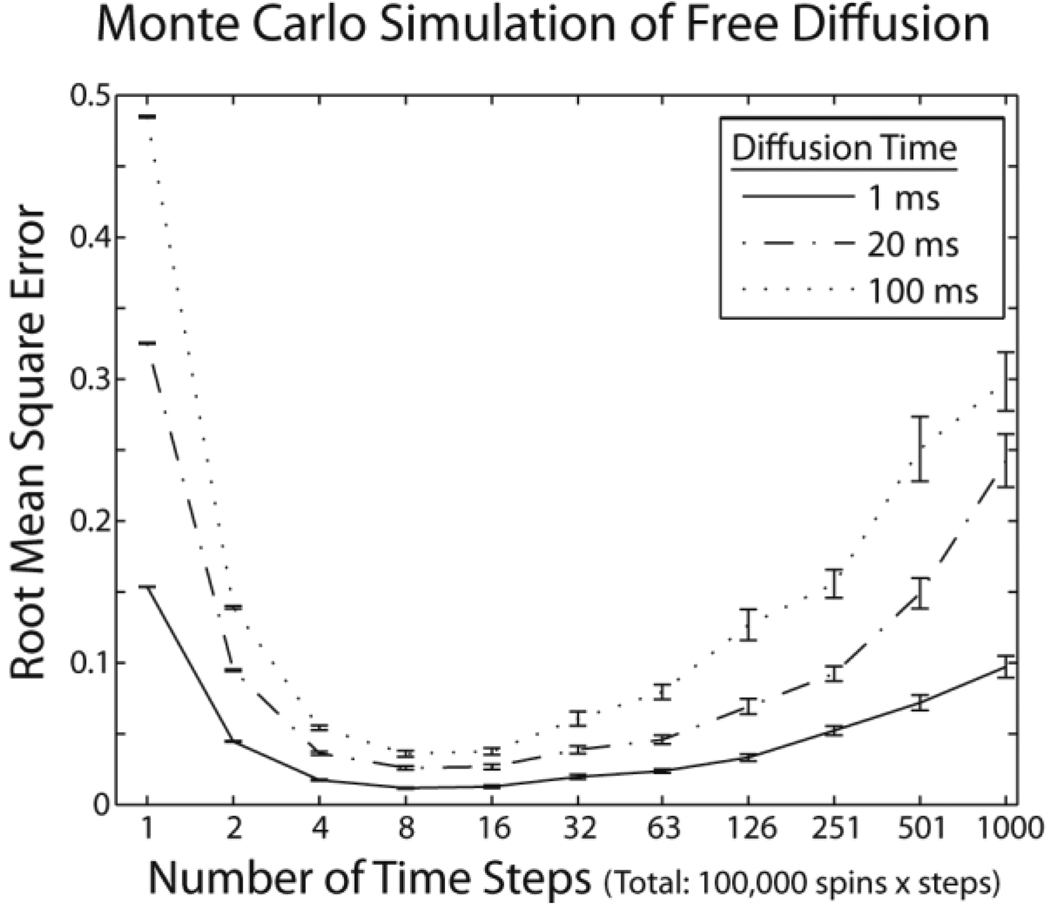Complex Geometric Models of Diffusion and Relaxation in Healthy and Damaged White Matter
. B. A. Landman, J. A.D. Farrell, S. A. Smith, D. Reich, P. Calabresi, and P. C.M. van Zijl, “Complex Geometric Models of Diffusion and Relaxation in Healthy and Damaged White Matter”, NMR in Biomed, Volume 23 Issue 2, Pages 152 – 162. (2010). PMC2838925 †
Full text: https://www.ncbi.nlm.nih.gov/pmc/articles/PMC2838925/
Abstract
Which aspects of tissue microstructure affect diffusion weighted MRI signals? Prior models, many of which use Monte-Carlo simulations, have focused on relatively simple models of the cellular microenvironment and have not considered important anatomic details. With the advent of higher-order analysis models for diffusion imaging, such as high-angular-resolution diffusion imaging (HARDI), more realistic models are necessary. This paper presents and evaluates the reproducibility of simulations of diffusion in complex geometries. Our framework is quantitative, does not require specialized hardware, is easily implemented with little programming experience, and is freely available as open-source software. Models may include compartments with different diffusivities, permeabilities, and T2 time constants using both parametric (e.g., spheres and cylinders) and arbitrary (e.g., mesh-based) geometries. Three-dimensional diffusion displacement-probability functions are mapped with high reproducibility, and thus can be readily used to assess reproducibility of diffusion-derived contrasts.
